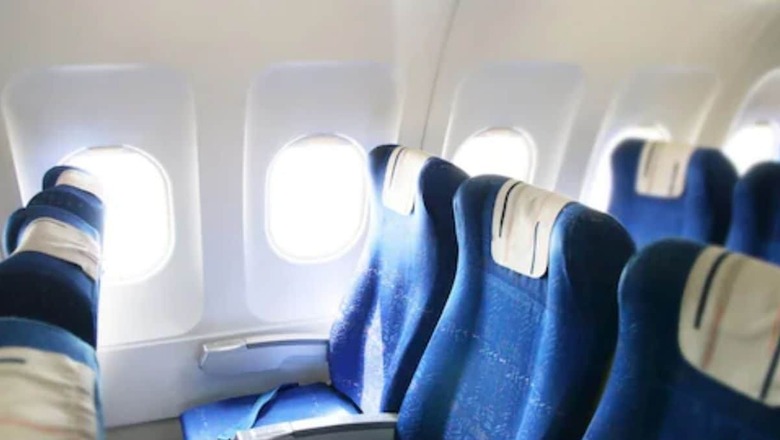
views
When you are travelling on a plane, you must have thought or wished that there were bigger windows, so that the view would be better. You must have noticed that the window of the aeroplane is always small. Have you ever wondered why? Not only this, but you must have also noticed that aeroplane windows are round in shape. Do you know the reason behind it? Does it have something to do with safety? Let’s find out. The aircraft’s windows are part of the fuselage. If they are made larger, the plane’s structure will be affected and get weaker. Large windows disturb the smooth flow of air across the aircraft’s surface, resulting in drag and reduced efficiency. If even a little foreign item strikes it, it can cause significant harm. The small size of airplane windows enables excellent sealing.
This ensures that the cabin pressure of the aircraft remains high and maintains the safety of passengers. The latest report suggests that some modern aircraft, such as the Boeing 787 Dreamliner, are beginning to come with larger windows.
According to sources, the window seats of the plane were square until the 1950s. As flying gradually became more popular, airlines began to fly at higher altitudes for cost-cutting purposes. To make planes fly at higher altitudes, they had to be increasingly pressurised. As a result, pressure differentials between the inside and outside of the plane rose, creating additional stress. This proved fatal in two instances, resulting in enormous disasters in 1953 and 1954 when commercial airliners (De Havilland Comets, the first jet airliner) disintegrated midair. The last De Havilland Comet flight was in September 1981. Later, the cause of these sad incidents was said to be square windows.
These tragic events made the engineers think of window designs with a fresh perspective. Later, engineers found that, due to the sharp edges of square windows, natural weak spots were created, which caused metal fatigue failure.
The weakening of these corners was further accelerated by air pressure at high altitudes. Square windows fell apart under pressure because of the weakening of these corners. Rounded windows transmit pressure more evenly than square windows. It reduces the eventuality of cracks. Circular windows are more resistant to frequent pressure differentials between the inside and exterior of an aircraft.



















Comments
0 comment